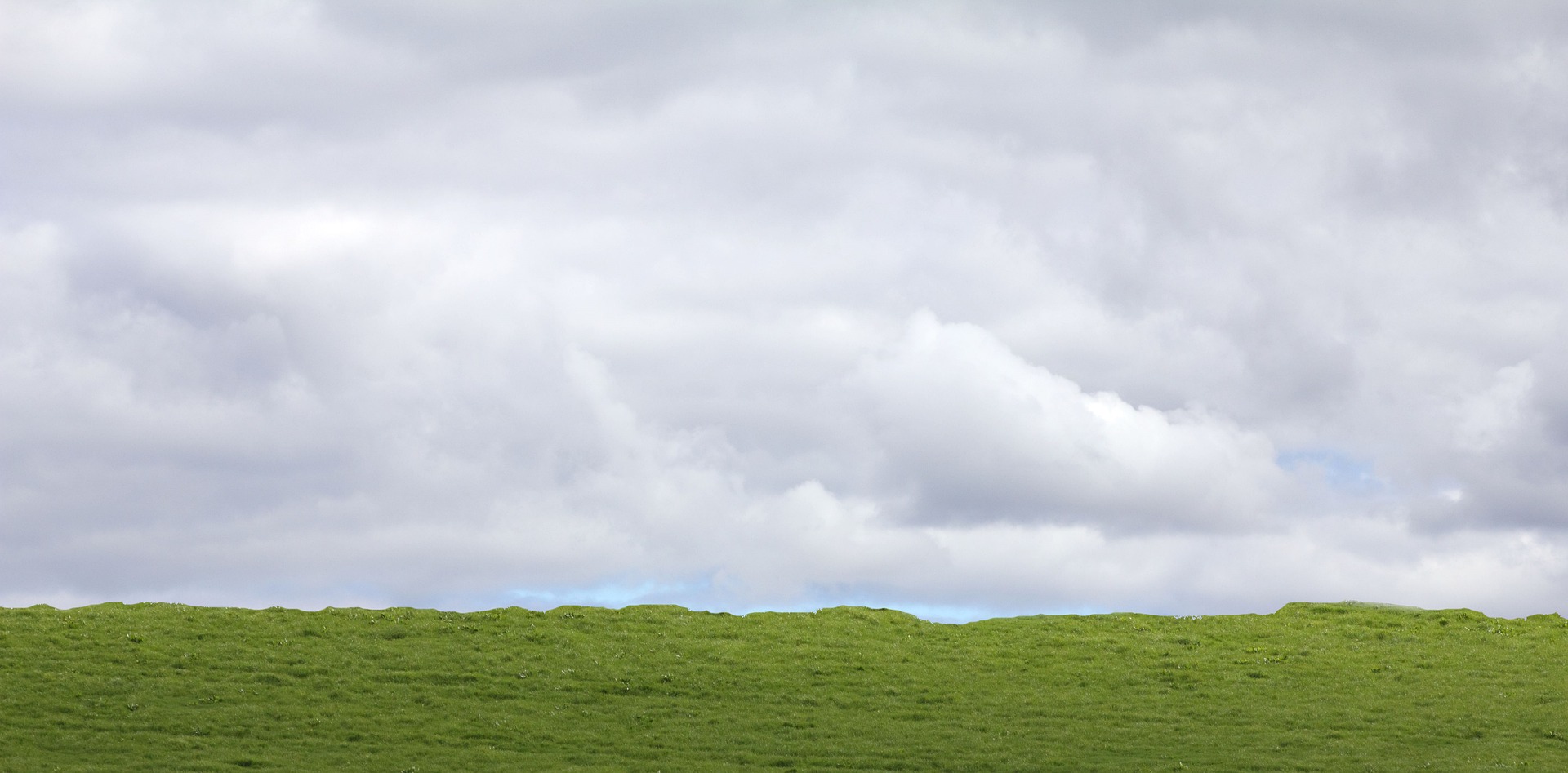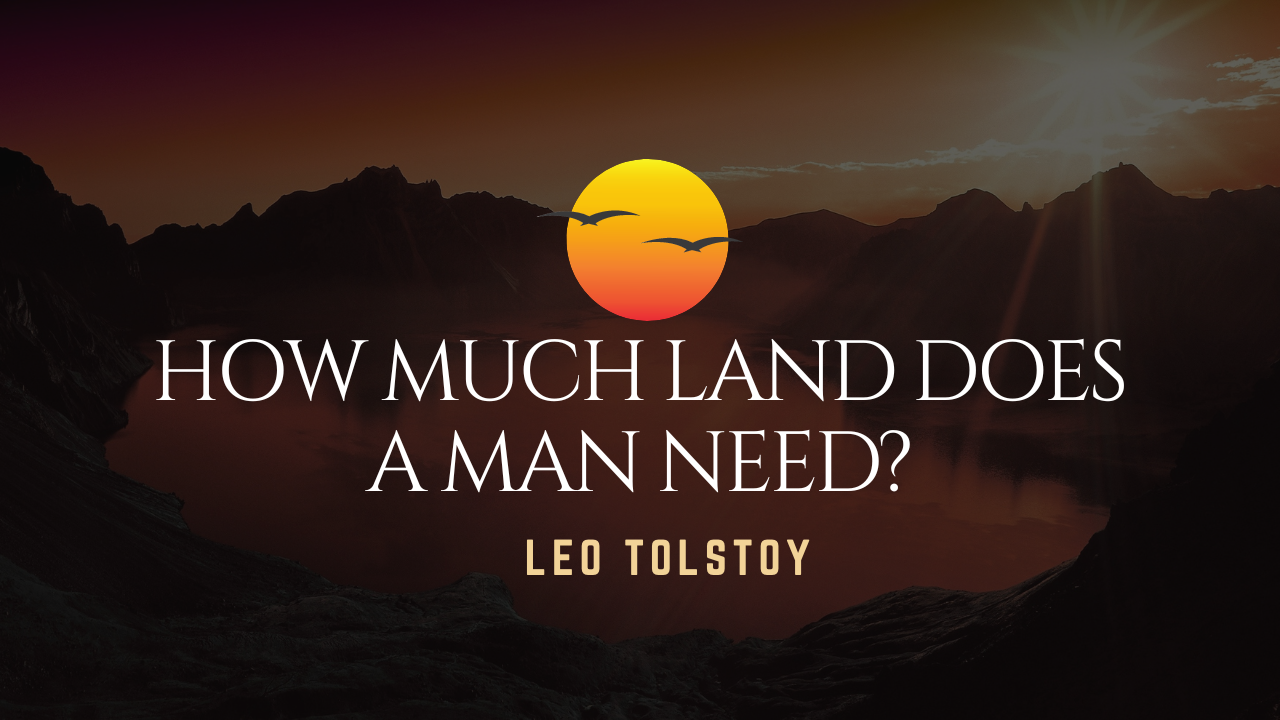Leo Tolstoy (1828–1910) was a philosopher and a writer. He was a master of realistic fiction. War and Peace and Anna Karenina are his two best-known works. Later in life, he also published plays and essays. He began concentrating on Christian themes after finishing Anna Karenina. Tolstoy was a well-known moral philosopher and social reformer who also had severe moralistic and austere ideas. Mahatma Gandhi, like many other prominent intellectuals of the twentieth century, was profoundly influenced by his perspectives on life and society.
Background:
A peasant named Pahom and his greed for land are the main subjects of the story “How Much Land Does a Man Need?” Pahom has a generous family and enough resources to support them. But his need for land consumes him, and as a result, he loses everything. Leo Tolstoy’s tale “How Much Land Does a Man Need” is a superb work of literature. It is based on a person’s greed because they believe they need more land to have a happy life. A peasant thinks that having more land will make him the happiest man in the world. However, his need for more land ultimately caused him to die, and after his death, he only required six feet of land to be buried.

The Story:
The talk between the sisters is where the story starts. The younger sister lived in a rural and wed a peasant, while the older sister resided in the city and wed a tradesman. The two sisters debate whether a life in a hamlet or a town is more comfortable and fulfilling. According to the older sister, living in a city is preferable to one in a rural area because it allowed residents to enjoy promenades and theatre while dressing elegantly and eating and drinking exquisite food. The younger sister, who is also a peasant’s wife, responds that although living in the countryside was hard, at least she and her husband didn’t have to worry about running out of food. No one needs to bow down to anybody in the villages.
Pahom, the home’s owner, overheard every conversation from inside and observed that the lack of land is a problem for peasants. He tells himself he wouldn’t need to fear the Devil if he owned a lot of land. After hearing him brag, the Devil made the decision to grant Pahom’s request for additional land.
When a woman in the hamlet decides to sell her 300 acres, Pahom’s yearning to have more land is granted. The innkeeper from the village went to buy the entire land, but the peasants asked the woman not to sell it to him and offered her a higher price. The farmers make the decision to jointly purchase all the land. However, the devil sows discontent among the peasants, and each individual purchases the land on his own. He became jealous when many of his neighbours decided to purchase land, so he chooses to save up some money to do so. He consequently sells a colt, half of his bees, employs one of his sons as a labourer and collects his wages in advance, and he also borrows some cash from his brother-in-law. And finally, he acquires forty acres of his own land in this way.
Pahom acquired land, began cultivating it, and paid off all of his debts within a year. But soon the peasants in his neighbourhood sent their cows wandering into his meadows and let their horses trespass through his maize. He asked them repeatedly, but they ignored him, so he ultimately decided to discipline them. When he entered the court, he pleaded for justice. The peasants also received fines. But because of this, his relations with his neighbours become bitter.
Pahom learns that people are migrating to different locations in search of better farms, but he believes he doesn’t need to leave his land. One day, Pahom encounters a foreigner from the Volga who informs him that many people have moved there, joined the community, and were given 25 acres of land per person. Then he makes the decision to sell his land and relocate there with his family. He receives 125 acres there, which was ten times better than what he had previously. He was overjoyed. He seeded wheat the first year, and a decent crop resulted. He needed more property to plant more wheat, but there wasn’t enough land available. As a result, he rented land from a dealer for a year and produced a wonderful harvest there. As his income increased, he grew weary of renting out land, so he started to consider buying some new land.
Pahom strikes a bargain with a peasant to buy 1300 acres from him. However, he learns from a passing salesman about the Bashkir area where he had purchased 13,000 acres of land for 1,000 roubles. The shopkeeper informs him that by making friends with the Bashkir chief, anyone can buy land for less than two pence per acre.
He became greedy as a result of wanting more land. The trader and Pahom entered Bashkir territory. They arrive at a location where the Bashkirs dwelt on the sixth day. Pahom presents gifts to the Bashkirs there. They interacted with the Bashkir chief in a polite and cordial manner. The Bashkir leader offered him land in exchange for his presents, but at the odd price of one thousand roubles per day. He was told by the Bashkir chief that he could acquire all the land he covers by running or walking all day long, from sunrise to sunset. However, he will forfeit his money and be denied the land if he does not arrive at his starting location before Sunset. They all go to bed after realising the deal was done.
Just as his eyelids were beginning to close, he had a dream and heard a voice; when he opened the eyes, he discovered the Bhashkir chief himself. As he got closer to the chief, he realised that he transformed into the dealer who had visited his house, and as he was about to ask him, he realised that the figure transformed into the peasant from the Volga who had travelled to Pahom’s former home. Then he sees that the peasant transforms into the Devil himself and a man was lying beside the devil. Pahom warily peered over at a man who was lying there and noticed that the man was dead and that it was indeed him. He was terrified when he got up from this nightmare. Anyhow he prepared to set out on his expedition to take the Bashkirs’ land. Finally they all rode to the designated location early in the morning before the sun rose.
Pahom believed he could cover 35 miles in a day by walking, and from this enclosed territory, he will keep the good land and profitably sell the less fertile land to other peasants. Following a thousand-yard stroll, he dug a trench, placed the turf, and continued. He then continued to walk straight while digging holes and planting turf inside of them to mark his territory . He got hungry and worn out around noon. He drank some water and ate some bread. Although he was sleepy, he continued to walk instead of lying down. After a while, Pahom kept running because he thought that if he didn’t get there before sunset, he would lose his money and the land he was trying to buy. The Sun moved as quickly as it could as he approached the rim. He pushed forward with all of his effort, bending his body forward to prevent falling. He was almost out of breath by this point, but he continued racing to the hilltop and made it there. He fell forward and touched the cap with his hand after noticing that it was his beginning position.
Pahom was successful in acquiring a large amount of land before sunset, but due to physical exertion, his body slumped and he passed away without receiving anything. A grave was dug by Pahom’s servant using the shovel, and it was large enough for Pahom to bury there. He only required six feet from top to bottom. The tragic conclusion brought on by Pahom’s land lust makes us feel bad for mankind’s desire for land. The author tells us at the conclusion of the story that we shouldn’t be greedy because a man requires only six feet of ground at the end.

